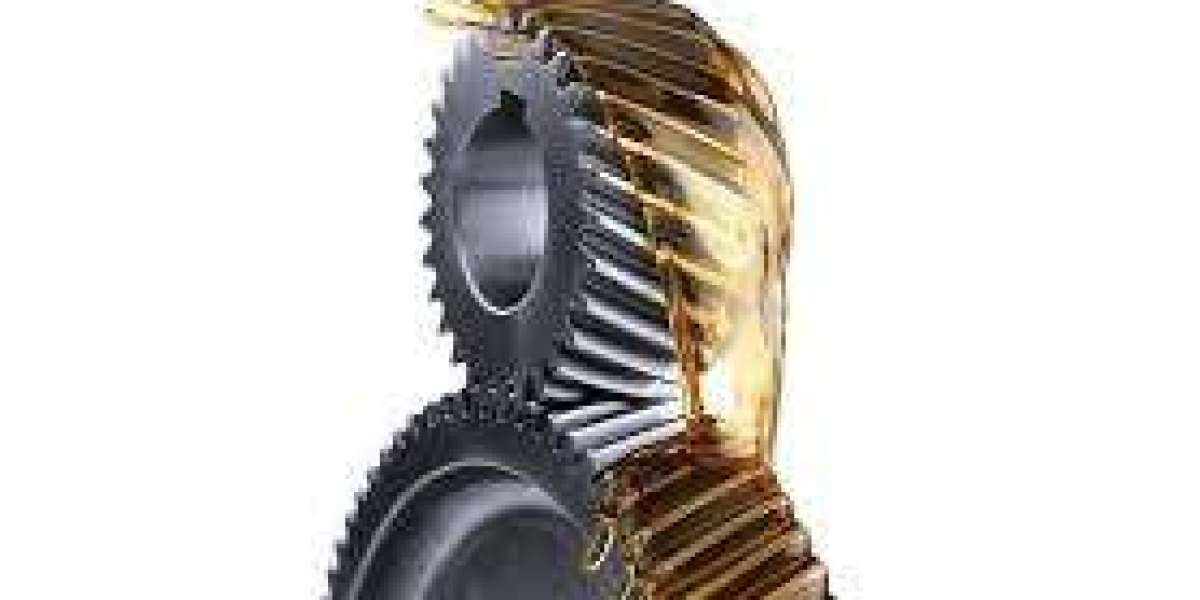The global wind turbine gear oil market is evolving rapidly as wind energy becomes a cornerstone of global renewable energy strategies. With increasing deployment of onshore and offshore turbines, performance, longevity, and energy efficiency have become critical benchmarks for operational success. Gear oil, a key component in wind turbine maintenance, plays a direct role in meeting these objectives by reducing friction, enhancing gearbox reliability, and extending service intervals.
As turbine sizes increase and sites become more remote, operators and manufacturers alike are focusing on advanced lubrication technologies to ensure optimal functionality, lower maintenance costs, and maximum energy output. These insights are shaping the direction of the wind turbine gear oil market worldwide.
Gear Oil as a Performance Enhancer
Wind turbines operate under variable loads, high torques, and extreme environmental conditions. These challenges place significant stress on gearbox components, particularly the gears and bearings that must run smoothly over long periods with minimal wear. Gear oils are specially formulated to address these challenges by:
- Reducing metal-to-metal contact
- Providing thermal and oxidative stability
- Minimizing wear and surface fatigue
- Enabling smooth torque transmission
High-performance synthetic oils are especially effective in maintaining optimal lubrication under fluctuating speeds and high-load cycles, which are common in both onshore and offshore wind farms. The result is improved mechanical efficiency and a noticeable boost in overall turbine performance.
Enhancing Turbine Longevity with Advanced Lubricants
Gearbox failures are among the most expensive maintenance issues in wind turbines. Downtime caused by mechanical breakdowns can lead to significant energy losses and high repair costs. Modern gear oils are engineered to extend the life of critical components, ultimately increasing the operational lifespan of the entire turbine.
Key lubricant characteristics that support turbine longevity include:
- High load-carrying capacity
- Resistance to oxidation, foaming, and sludge formation
- Stable viscosity across temperature variations
- Effective rust and corrosion protection
By maintaining a clean and stable lubrication environment inside the gearbox, high-quality oils reduce component fatigue and delay the onset of wear. This ensures that turbines can run reliably for up to 20–25 years with fewer interruptions and minimal overhaul requirements.
Additionally, oil condition monitoring and regular analysis are becoming standard practice. Predictive maintenance systems that track gear oil quality enable operators to schedule oil changes only when necessary, preventing premature failures and maximizing service life.
Energy Efficiency Improvements Through Lubrication
Energy efficiency in wind turbines isn't solely about how much wind is converted to electricity—it also includes how efficiently internal systems like gearboxes operate. Poor-quality or degraded lubricants increase internal friction, reducing mechanical output and requiring more energy input for the same level of performance.
Advanced gear oils contribute to energy efficiency by:
- Lowering friction between moving parts
- Reducing internal drag within the gearbox
- Maintaining optimal lubrication even under extreme load or weather conditions
Synthetic gear oils, in particular, demonstrate superior low-temperature fluidity and viscosity consistency, which allows turbines to start faster and operate more efficiently—even in cold climates or high-altitude environments. Over time, these improvements result in measurable energy savings, especially for utility-scale wind farms.
Sustainability and Eco-Friendly Innovation
In addition to performance and longevity, sustainability is becoming a key consideration in gear oil selection. Turbine operators are increasingly looking for lubricants that minimize environmental impact without compromising effectiveness. This includes Environmentally Acceptable Lubricants (EALs) that are biodegradable, non-toxic, and compliant with regional environmental regulations.
Eco-friendly gear oils are particularly important for offshore wind farms, where the risk of leakage or oil spills poses a direct threat to marine ecosystems. These formulations not only align with corporate ESG goals but also support operational safety and public trust in renewable energy projects.
Future Market Trends and Innovations
As wind turbine designs evolve and installations scale up, gear oil manufacturers are investing in research to develop lubricants that match next-generation turbine requirements. Trends expected to shape the future of the market include:
- Hybrid gear oil formulations that combine synthetic and bio-based ingredients
- Smart-compatible oils that work seamlessly with condition monitoring sensors
- Customized lubricant solutions co-developed with OEMs for specific turbine models
- Longer service intervals reducing manual intervention and lowering total lifecycle costs
These innovations not only meet the current demands of turbine operators but also prepare the market for future advancements in wind power technology.
Conclusion
The wind turbine gear oil market is becoming a strategic pillar in the broader wind energy ecosystem. As the industry pursues higher performance, greater reliability, and improved efficiency, gear oil innovations are enabling turbines to run cleaner, longer, and more effectively. Whether it's synthetic oils extending gearbox life or eco-friendly formulations reducing environmental impact, advanced lubricants are helping wind power operators meet technical, economic, and sustainability goals.



